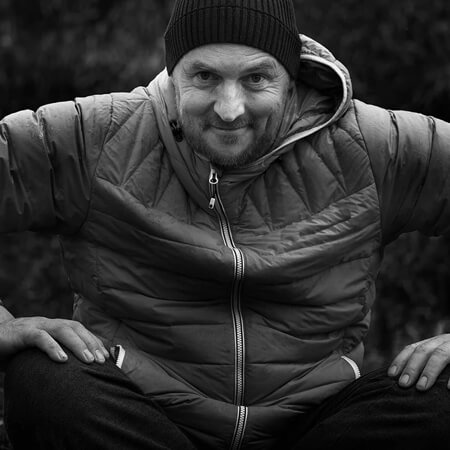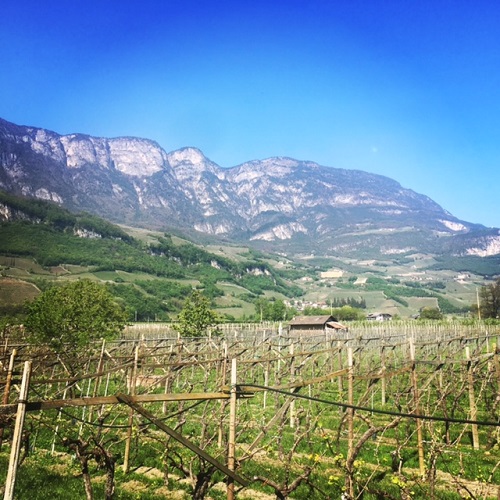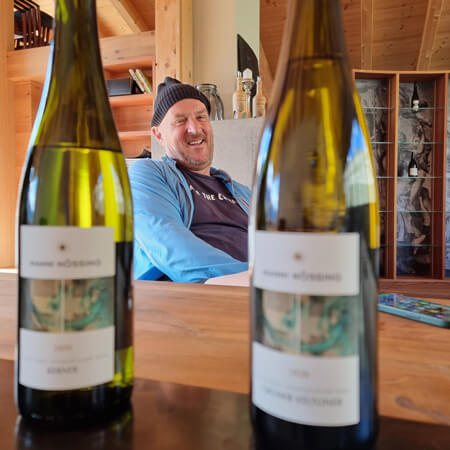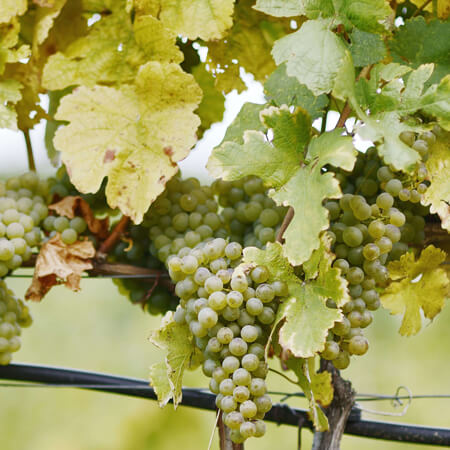
2022 KERNER Manni Nössing
Alto Adige Italy
13.5%
White
Kerner.
Manni Nossing's is one of Italy's most talented winemakers - crafting precise, limpid wines that are so satisfying it is hard to resist. Pure mountain wines that express their high alpine roots in the Valle Isarco of the...(read more)
L&S
2023 GRÜNER VELTLINER Manni Nössing
Alto Adige Italy
12.5%
White
Grüner Veltliner.
Manni's Grüner Veltliner is a pure joy to taste. His fruit comes from his high vineyards at between 660-700 metres of altitude in the beautiful Eisaktaler Valley. More Austria and 'The Sound of Music' than what you...(read more)
L&S
2023 KERNER Manni Nössing
Alto Adige Italy
13.5%
White
Kerner.
Manni Nossing's is one of Italy's most talented winemakers - crafting precise, limpid wines that are so satisfying it is hard to resist. Pure mountain wines that express their high alpine roots in the Valle Isarco of the...(read more)
L&S



